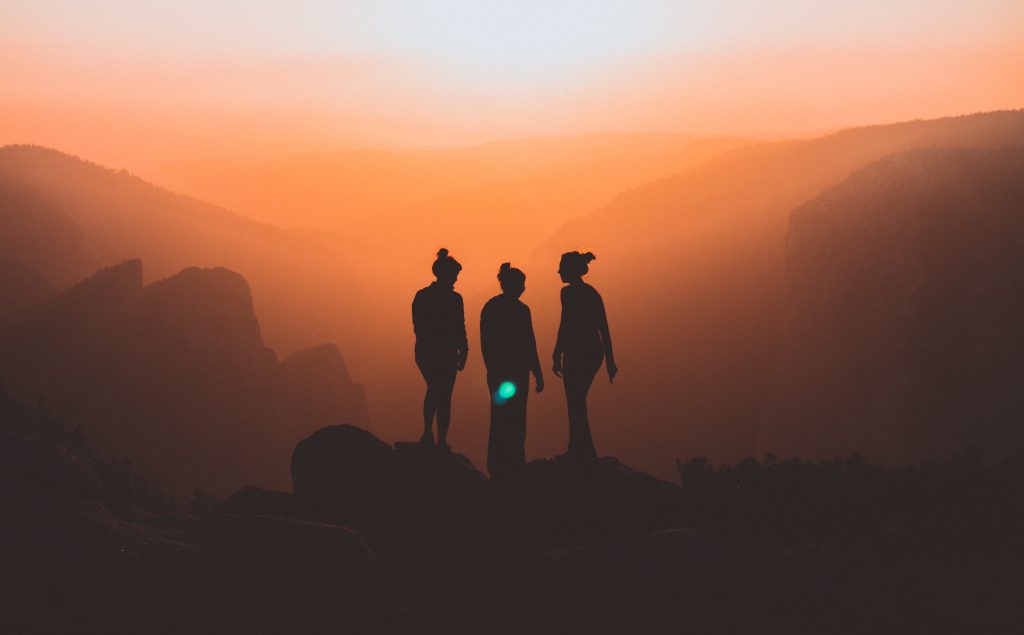55 minutes of video
55 minutes of audio
18 slides
18 pages of transcript
In our new series walking through the construction of different types of articles, we hone in on the easy-to-write (and pitch!) staple of magazines everywhere: the front-of-book round-up.
The bread-and-butter of travel features, the quest piece, is one of the easiest features to pitch, get readers interested in, and research.
*****
I’ve been in a travel writing conference for the last couple days observing something very curious throughout the keynotes.
Both keynotes—one by Don George, who was formerly travel editor of the San Francisco Chronicle and Lonely Planet’s annual travel writing short story anthologies, and another by Spud Hilton, the current travel editor of the San Francisco Chronicle, who has won an obscene number of top travel writing awards in that position—focused on storytelling.
Each keynote was excellent, composed of a heavy dose of first-person experience layered with specific, well-articulated and vitally important tips of how to completely overhaul your stories for the better.
But at the end of both keynotes, both speakers were asked nearly identical questions along the lines of:
That all sounds great, but who is really publishing narrative stories like that right now? No one really wants to publish stories about the writer’s experiences with other cultures.
After this question, in both cases, a very curious thing happened.
The speakers were just plain confused.
Their entire keynotes had been predicated on that power of narrative stories, the fact that they go back for thousands of years, and the justification that the reason storytelling in travel writing is the way to go is that it is a natural human impulse.
So they were just a bit dumbfounded at these questions of the “who really wants to publish stories anyway?” variety.
But I could see where the disconnect was brewing.
When Don spoke about storytelling, he hammered home the point that your story doesn’t exist without a point, without a takeaway, without something that your entire story focuses on without divergence.
The lack of having a point is the most common things editors complain about when you ask them what their pitching pet peeves are.
When Spud spoke about storytelling, he honed in on the repeatable structure that runs through everything from James Bond films to ancient myths to travel articles today.
But so many writers I see facing a story try to reinvent the wheel each time (much to the detriment of their hourly rate, to boot!).
The writers who posed these questions that puzzled the speakers so were operating from a place of trying and failing, and perhaps even of desperation, in terms of having editors take them up on the pitches they preferred.
The real disconnect though, was that the keynote speakers were trying to offer these writers the answer to their real, burning questions (“why aren’t editors responding to my emails?” or “why aren’t editors giving me assignments?”) without tying in the fact that all of the advice they were giving was exactly the way to write stories that win awards, get editors to double-take at the amazing quality of your writing, and generally turn you into the type of travel writer with the level of success you’ve always dreamed of.
In the webinar, Article Nuts and Bolts: How to Put Together a Quest Piece we continue our Article Nuts and Bolts series that breaks down exactly, step-by-step and paragraph-by-paragraph how to write different types of articles so you never have to waste time researching what should and shouldn’t go or what research you should be doing again.
The bread-and-butter of travel features, the quest piece, is one of the easiest features to pitch, get readers interested in, and research.
We’ll cover:
– Why is the quest such an important type of feature?
– How must we structure our quest journey and article?
– Real-world examples
– How to pitch these pieces
